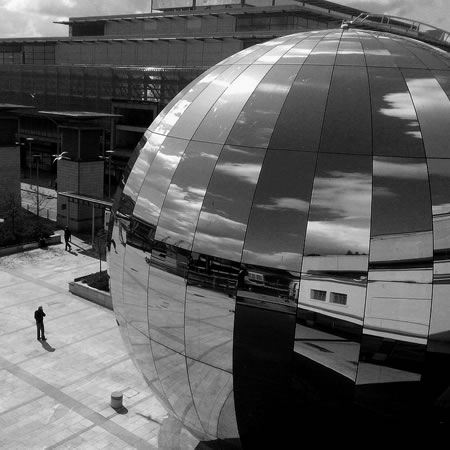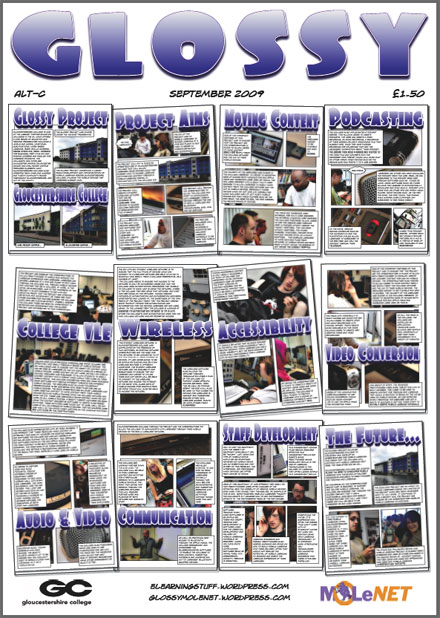
So it was back to a full week after a few short weeks and leave. September is traditionally the start of term in England for schools and FE, though HE usually start a little later. I would like to have gone to ALT-C in Edinburgh, alas I didn’t go this year as I needed to be close to home as my youngest started secondary school, and as most people know, transition is a challenging time for all. In the end there were very few issues, but I am glad I stayed behind.
I attended some of the ALT-C sessions remotely and participated via the Twitter as well.
Ten years ago at ALT-C in Manchester, we had The VLE is Dead session at ALT-C. So I wrote a blog post reminiscing about the debate.
Spent some time booking travel for the weeks ahead and checking in some cases if I needed to travel. Liking our self-service portal for travel, as it does making life easier.
On Tuesday morning I listened to the ALT-C keynote from Sue Beckingham. She covered a range of stuff. I was reminded of a talk I gave on e-mail and how it is used (and abused). I hadn’t shared it before, so I uploaded it to slideshare.
I spent a lot of time working on a roadmap, which was an interesting, but challenging task, as there are so many unknown unknowns.
Working on a workshop for the Jisc board and it’s challenging to create an engaging interaction session that will add value, and has to be about forty five minutes!
Thursday I was reminded of the excellent Web 2.0 Slam – ‘Performing’ Innovative Practice workshop that I attended at ALT-C in 2007, so I wrote a blog post about it.
Looking over my blog posts over that date I wasn’t surprised to find some posts had missing images. I recently updated my blog hosting, so initially I thought it might be that, but checking the underlying code I realised what the problem was. The images that were original held on a remote server embedded into the post were no longer available.
Back then I used a service called ShoZu to add images as blog posts, it didn’t upload the images to WordPress, merely adding HTML code and embedding the images hosted on the ShoZu server. With ShoZu now defunct, there were no images. I had copies of the images on Flickr (and on Amazon photos) so I updated the old blog posts and added copies of the images.
It reminds me that embedding externally hosted content can be problematic, what happens when that service dies or is shut down. Just because something is free, doesn’t mean it will last forever.
I have written a longer blog post about this on my technology blog.
It was announced that ALT-C 2020 will be in London and the co-chairs are
- Roger Emery, Head of Learning Technologies, Solent University,
- Farzana Latif, Digital Learning Manager, University of Sheffield,
- Matt Lingard, Digital Learning Director, London College of Communication.
It will take place 9-11 September 2020.
My plan is to attend and present a session (or two) at the conference.
My top tweet this week was this one.
Flamingoes at WWT Slimbridge @WWTSlimbridge pic.twitter.com/UpWpE51HAl
— James Clay (@jamesclay) September 1, 2019








